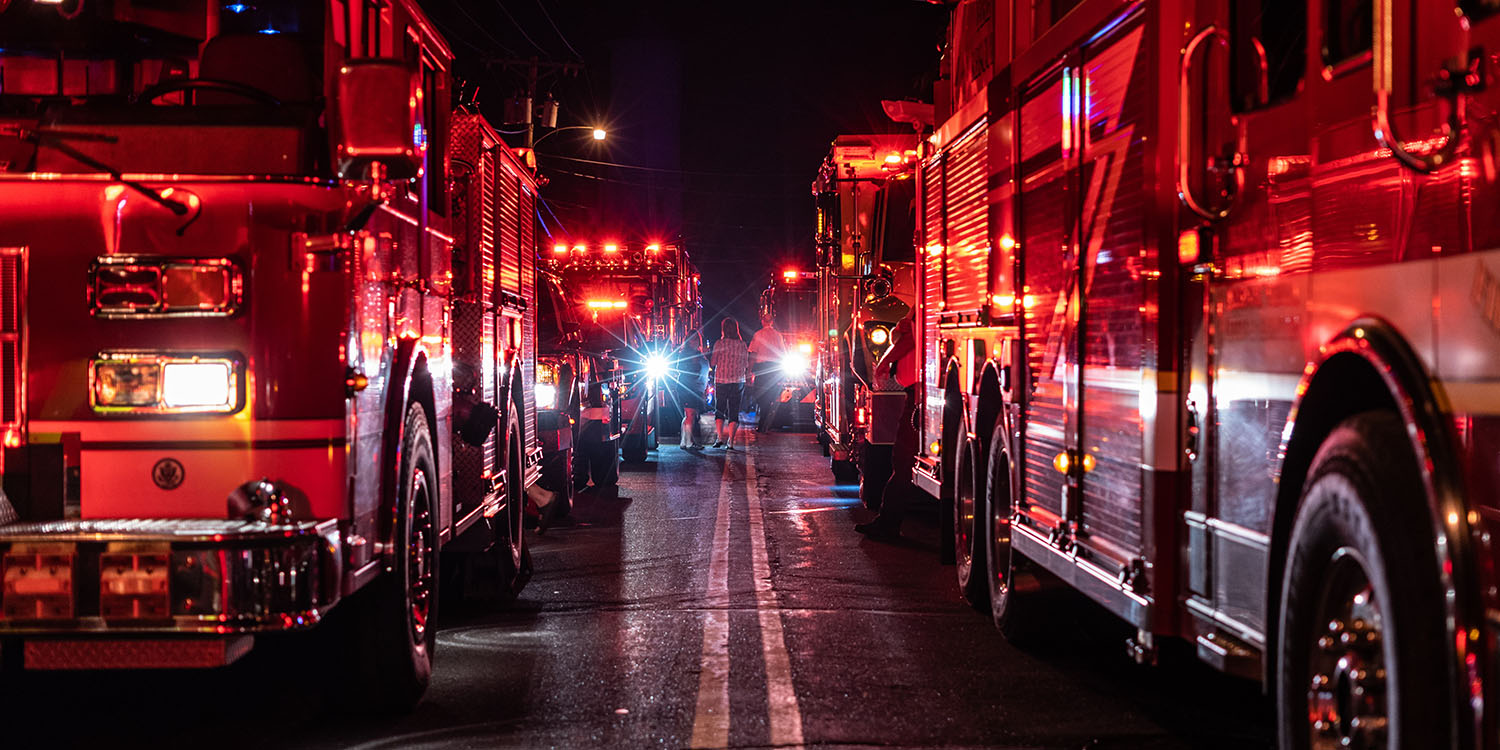
Apple has been granted a patent for an emergency communication system, designed to extend cellular coverage to areas that would otherwise have no signal.
The approach is intended primarily for law enforcement and emergency services personnel, and it’s possible that the tech could have saved the lives of first responders inside the World Trade Center on 9/11.
Background
Even in major cities like New York, there can be areas where radio systems have no coverage. An example would be when underground or in situations where rubble is blocking line-of-sight communications.
After the first tower fell on 9/11, messages were sent to first responders in the second tower, instructing them to evacuate. While some received the messages – including some who heroically refused to leave those they were assisting – others did not, and were subsequently killed in the collapse of the second tower.
Apple’s emergency communication system
Apple’s patent (spotted by Patently Apple) is for a method of relaying communication from a device that has cellular coverage to one that does not. It works by solving a problem experienced with something known as ‘Lawful Intercept’ (LI), where law enforcement is granted the power to intercept mobile calls.
Wireless networks provide network connectivity to mobile communication devices, such as smart phones. The network connectivity may be provided through radio interfaces. Typically, the mobile devices connect to the wireless network through an access point that is part of the network infrastructure. For example, a device may connect to a cellular base station or a wireless local area network (WLAN) access point (e.g., a WiFi access point).
Some techniques may allow devices to establish direct communication paths with one another (e.g., without going through a cellular base station or WiFi access point). For example, devices that are located in proximity to one another may discover one another and subsequently establish direct communication paths with one another. In specifications published by the 3.sup.rd Generation Partnership Project (3GPP), direct communication between wireless devices may be referred to as “proximity services” (ProSe). ProSe communications can have a number of advantages, such as improved spectrum utilization, improved overall throughput and performance, and improved energy consumption. In the context of public safety services, ProSe communications can provide an important fallback public safety network that may function when a cellular network (e.g., a 3GPP cellular network) has failed or is unavailable. […]
In ProSe communications, a relay device, such as a mobile device acting as a relay device, may be used to couple another mobile device (such as one that is out of the coverage area of the cellular network) to the cellular network. Implementing lawful intercept in this situation can be problematic, however, as the mobile device that is to be targeted for lawful intercept may not be visible to the cellular network.
In solving this problem, Apple’s patent also allows relaying of messages between iPhones, even if one or more of the phones has no cellular coverage.
As an example of this situation, a group of public safety personnel (e.g., firefighters) may be first responders at an accident. User Equipment (UE) of one or more members of the group may be out of the coverage range of the cellular network used by the group (e.g., some of the members may be indoors, in a tunnel, etc.).
The members of the group may continue to communicate with one another and with the cellular network using ProSe communications services.
In this scenario, the UE of one member of the group, which may be within the coverage range of the cellular network, may act as a relay device for other members of the group, which may be referred to as “remote UEs” herein, that are out of the coverage range. All members of the group may thus continue to communicate via the cellular network.
Although the patent description is geared to Lawful Intercepts first and an emergency communication system second, it’s not hard to imagine the same tech being implemented in iPhones for consumer use. It would effectively be an extension of the Personal Hotspot capability, where one iPhone owner is able to share their mobile data connection with another.
Photo: Connor Betts/Unsplash
FTC: We use income earning auto affiliate links. More.


Comments